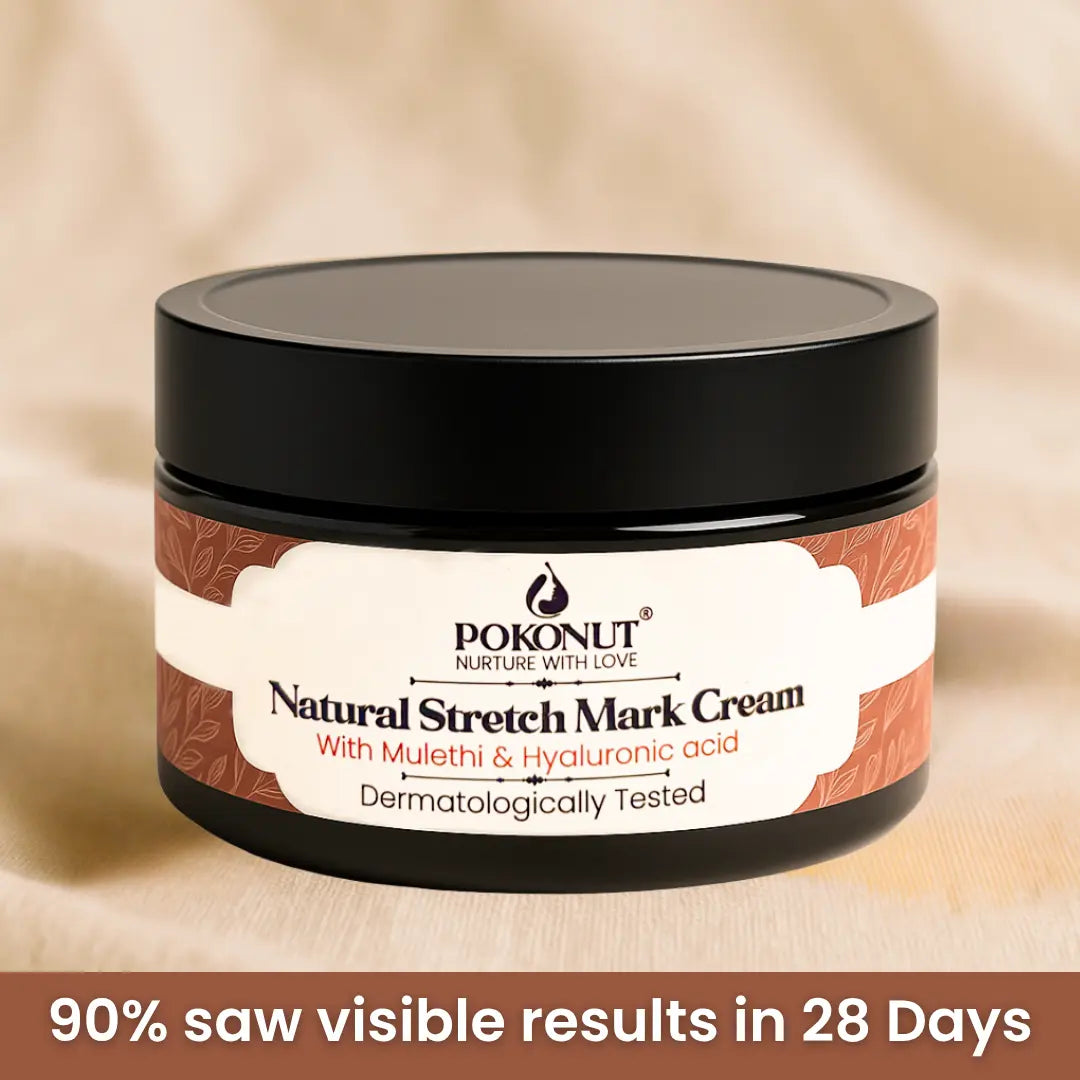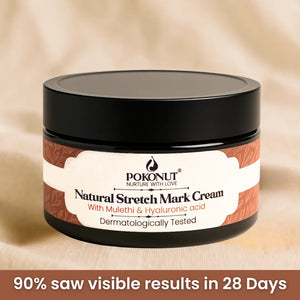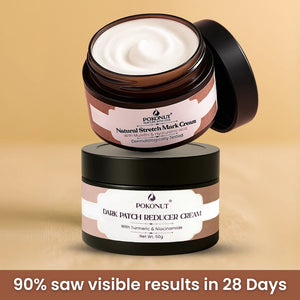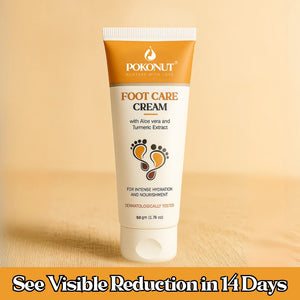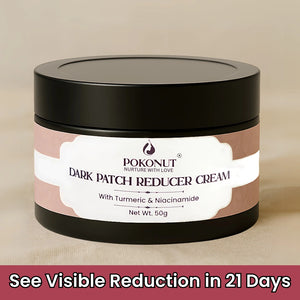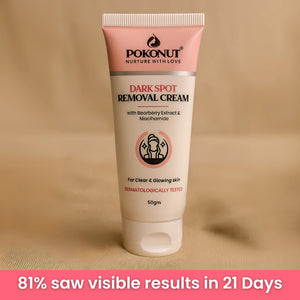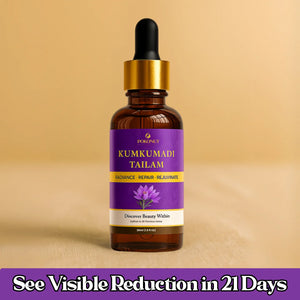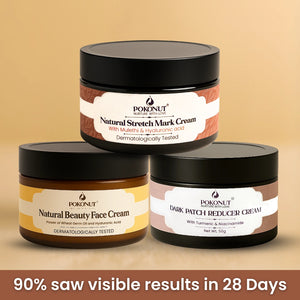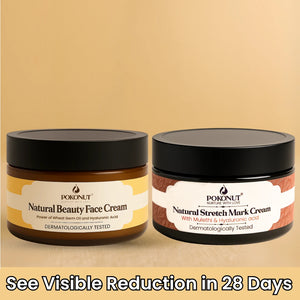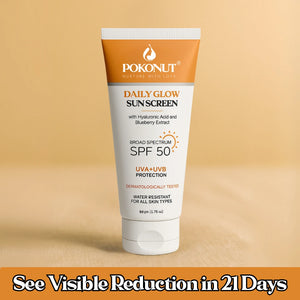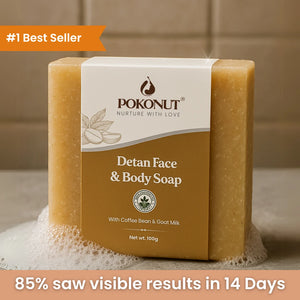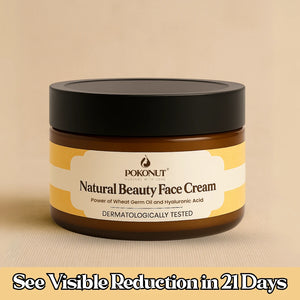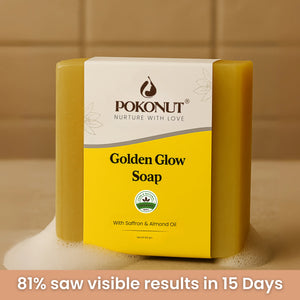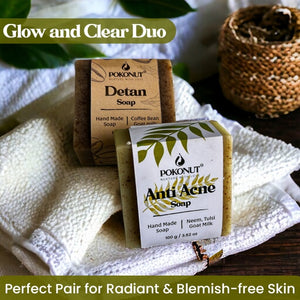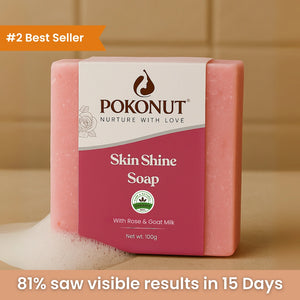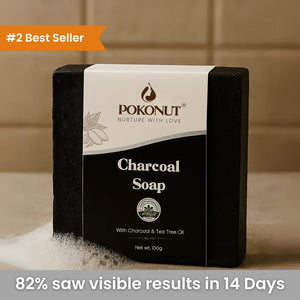Is Kojic Acid Safe During Pregnancy?

Medically Reviewed By:
Dr. Neeraj Bansal, BAMS
Written by Our Editorial Team
Concerned about using kojic acid during pregnancy as your skin changes? You're not alone. Almost all pregnant women - up to 90% - see changes in their skin. Hyperpigmentation affects most women, especially those with darker skin tones.
Kojic acid is safe in cosmetics, but research about its use during pregnancy remains limited. Some experts say it's safe to use while pregnant, but others suggest being careful during this important phase. Limited studies about kojic acid make it tough for expecting mothers to decide what to do about melasma or "the mask of pregnancy" - those dark, patchy spots that show up on your face.
This piece will help you understand what triggers pregnancy-related skin changes. You'll get a full picture of kojic acid's safety during pregnancy based on current research. Plus, you'll learn about alternative skincare ingredients that are safe to use while pregnant. Your health and your baby's safety need careful decisions backed by solid information.
Understanding skin changes during pregnancy
Your body goes through amazing changes during pregnancy, and your skin changes by a lot. These changes happen because of hormone changes at different stages of pregnancy.
Almost 90% of pregnant women experience hyperpigmentation - their skin gets darker. This happens because pregnancy hormones make your body produce more melanin, which gives skin its color. Your nipples, areolas, genitals, and inner thighs might become darker. Many women also get a dark line from their belly button to their pubic area, called linea nigra.
Brown patches known as melasma or "the mask of pregnancy" show up on the face around the cheeks, nose, and forehead. This affects about 70% of pregnant women, particularly those with darker skin. Melasma usually appears during the second or third trimester when higher estrogen levels combine with sun exposure.
Your skin goes through other changes too:
-
Stretch marks affect up to 90% of women by the third trimester
-
More oil production can lead to acne
-
Spider veins appear due to increased blood volume
-
Nail and hair growth patterns change
Several factors cause these changes:
-
Higher estrogen and progesterone levels
-
Changes in your immune system
-
Increased blood flow
-
Your genes
Sun exposure makes skin darkening worse, especially with melasma. You should use strong, broad-spectrum sunscreen throughout your pregnancy.
Most skin changes get better after giving birth, though some might not completely disappear. Many women see improvements within months of delivery. Melasma might stick around or come back during future pregnancies or when using oral contraceptives.
This knowledge about natural skin changes helps you better evaluate treatments like kojic acid and other skincare ingredients during pregnancy.
Evaluating kojic acid in pregnancy skincare
Pregnant mothers looking for skin treatments often ask about kojic acid. While it's a popular ingredient for lightening skin, research hasn't given us clear answers about whether it's safe during pregnancy.
Scientists haven't done many studies on kojic acid during pregnancy. One study shows that when applied to skin, only about 17% gets absorbed, with very little entering the bloodstream (0.03–0.06 mg/kg). Mouse studies didn't show any harm to mothers or their babies. But these findings don't tell us the full story.
Skin doctors usually play it safe when it comes to kojic acid during pregnancy. The data shows limited absorption, but anything you put on your skin could get into your blood and reach your baby. This fact, combined with the lack of human studies, makes many experts tell their patients to avoid kojic acid while pregnant or breastfeeding.
If you still want to use kojic acid, here are some key points to think about:
-
Pick products with 1% or less kojic acid
-
Do a skin test before using it widely
-
Talk to your doctor first
Pregnancy changes your skin a lot. You might become sensitive to products that never bothered you before. Your hormones can make your skin react differently, even to products you used to love. Even low-concentration kojic acid products might irritate your skin now.
The Cosmetic Ingredient Review Expert Panel says kojic acid is safe in cosmetics up to 1%. But this applies to the general public, not specifically to pregnant women. Most health experts suggest staying on the safe side until we have better research.
To wrap up, with so many pregnancy-safe options available, waiting to use kojic acid until after pregnancy and breastfeeding might be your best bet for both you and your baby's safety.
Pregnancy-safe skincare alternatives and tips
Need safe alternatives to kojic acid while pregnant? You'll find plenty of effective ingredients that work for your skin without any risks to you or your baby.
Vitamin C shines as a powerful alternative that brightens skin and reduces hyperpigmentation. This antioxidant helps curb melasma and experts generally call it safe throughout pregnancy. Azelaic acid delivers excellent results too. It treats uneven skin tone and acne while maintaining a good safety profile.
Your body naturally produces hyaluronic acid, which makes it perfect for hydration. Shea butter, cocoa butter, and ceramides are also pregnancy-safe moisturizers. These ingredients help prevent stretch marks and keep your skin elastic.
Mineral-based sunscreens with zinc oxide and titanium dioxide protect you best. They create a physical barrier against UV rays without sinking into your skin.
Here's a pregnancy-safe routine you can try:
Morning:
-
Clean your face with a gentle, sulfate-free cleanser
-
Put on vitamin C serum to brighten
-
Add hyaluronic acid or ceramide-based moisturizer
-
Top with mineral sunscreen (SPF 30+)
Evening:
-
Remove makeup and cleanse gently
-
Apply azelaic acid treatment if needed
-
Use rich moisturizers with shea butter or cocoa butter
A few essential tips will help you succeed. Drink plenty of water, eat a balanced diet, and test new products on a small patch of skin. Pregnancy might make your skin react differently to products you used before.
Remember to check with your healthcare provider before you start using any new skincare product. This simple step keeps both you and your baby safe throughout your pregnancy experience.
Conclusion
Pregnancy causes major skin changes that might make you want to try treatments like kojic acid. Research about kojic acid's safety during pregnancy is still limited. Some studies show it barely gets into the bloodstream, but risks still exist.
Most dermatologists and healthcare providers suggest playing it safe during this vital time. You can safely use alternatives like vitamin C, azelaic acid, and hyaluronic acid to deal with hyperpigmentation and other skin issues. These ingredients work to curb problems like melasma with minimal risk to you and your baby.
A consistent skincare routine with gentle, pregnancy-safe products helps manage common skin changes. Sun protection is a vital part of preventing worse hyperpigmentation. Make sure to apply mineral-based sunscreens daily.
Your skin may behave differently now than before pregnancy, so test new products on a small patch of skin first. Good hydration and a balanced diet also help keep your skin healthy during pregnancy.
Taking care of your skin during pregnancy needs extra attention. The urge to treat stubborn issues like melasma can be strong, but patience works best. Many pregnancy-related skin changes go away naturally after delivery. Adjusting your skincare routine temporarily is a small trade-off for your baby's health. Talk to your healthcare provider before changing your skincare routine - your safety and your baby's health should always be the priority.
FAQs
Q1. Is kojic acid considered safe for use during pregnancy?
While some sources list kojic acid as pregnancy-safe, the research on its safety during pregnancy is limited. Most healthcare providers recommend a cautious approach and suggest avoiding kojic acid during pregnancy due to the potential for absorption into the bloodstream.
Q2. What are some pregnancy-safe alternatives to kojic acid for skin brightening?
Vitamin C and azelaic acid are considered safe and effective alternatives for addressing hyperpigmentation and uneven skin tone during pregnancy. These ingredients can help combat melasma and other skin concerns without posing significant risks to you or your baby.
Q3. How can I manage pregnancy-related skin changes safely?
Establish a gentle skincare routine using pregnancy-safe products. Focus on hydration with ingredients like hyaluronic acid, use mineral-based sunscreens for sun protection, and incorporate safe moisturizers like shea butter or cocoa butter. Always consult your healthcare provider before trying new skincare products.
Q4. Are there any skincare ingredients I should definitely avoid while pregnant?
It's generally recommended to avoid ingredients like hydroquinone and retinoids during pregnancy. Some sources also suggest being cautious with salicylic acid and benzoyl peroxide. Always consult with your healthcare provider for personalized advice on which ingredients to avoid.
Q5. Will pregnancy-related skin changes like melasma go away after delivery?
Most pregnancy-related skin changes, including melasma, typically improve within a few months after delivery. However, some changes may not fade completely, and conditions like melasma can persist or recur with future pregnancies or hormonal changes.
About Doctor :

